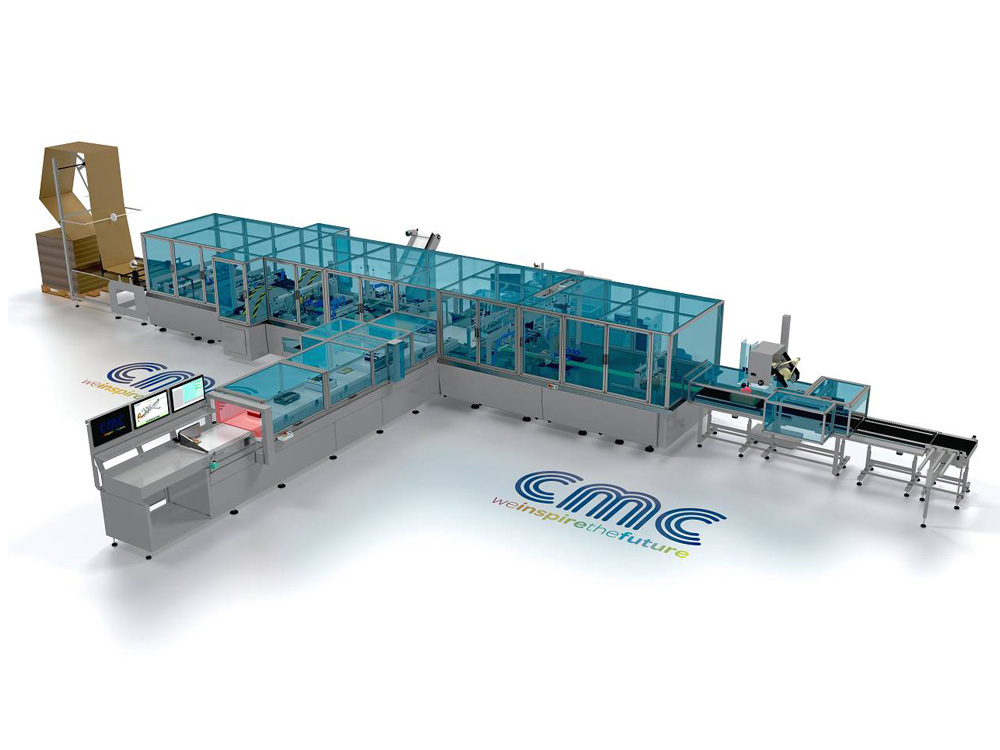Amazon is piloting new automated packing machines at its warehouses

Amazon is considering introducing them to “dozens” of its warehouses, leading to the loss of 24 jobs for each location, according to Reuters.
The machines: The CartonWrap 1000, made by Italian firm CMC Srl, can pack boxes about four or five times faster than a human packer, processing up to 700 orders an hour. They work by scanning goods on a conveyor belt and then enveloping them in boxes. The machines require supervision from three people to load orders, fix jams, and restock glue and cardboard. You can watch one of them in action here.
The logic: An Amazon spokesperson said the aim is to increase safety, speed up delivery times, and, of course, save money. However, Amazon insisted that savings will be “reinvested in new services for customers, where new jobs will continue to be created.”
Automation anxiety: Amazon recently said it will be at least a decade before it’s running fully automated warehouses. Anxiety about technology’s job-stealing potential is inevitable. However, automation isn’t a big, one-off event. It’s often a slow creep, as this latest story indicates. Amazon has been gradually introducing robots into its fulfillment centers for many years and now has over 100,000 in operation worldwide. It employs 125,000 people in the US.
Sign up here to get your dose of the latest must-read news from the world of emerging tech in our daily newsletter The Download.
Keep Reading
Most Popular
Large language models can do jaw-dropping things. But nobody knows exactly why.
And that's a problem. Figuring it out is one of the biggest scientific puzzles of our time and a crucial step towards controlling more powerful future models.
How scientists traced a mysterious covid case back to six toilets
When wastewater surveillance turns into a hunt for a single infected individual, the ethics get tricky.
The problem with plug-in hybrids? Their drivers.
Plug-in hybrids are often sold as a transition to EVs, but new data from Europe shows we’re still underestimating the emissions they produce.
Stay connected
Get the latest updates from
MIT Technology Review
Discover special offers, top stories, upcoming events, and more.